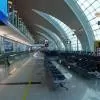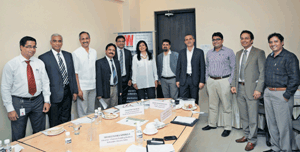
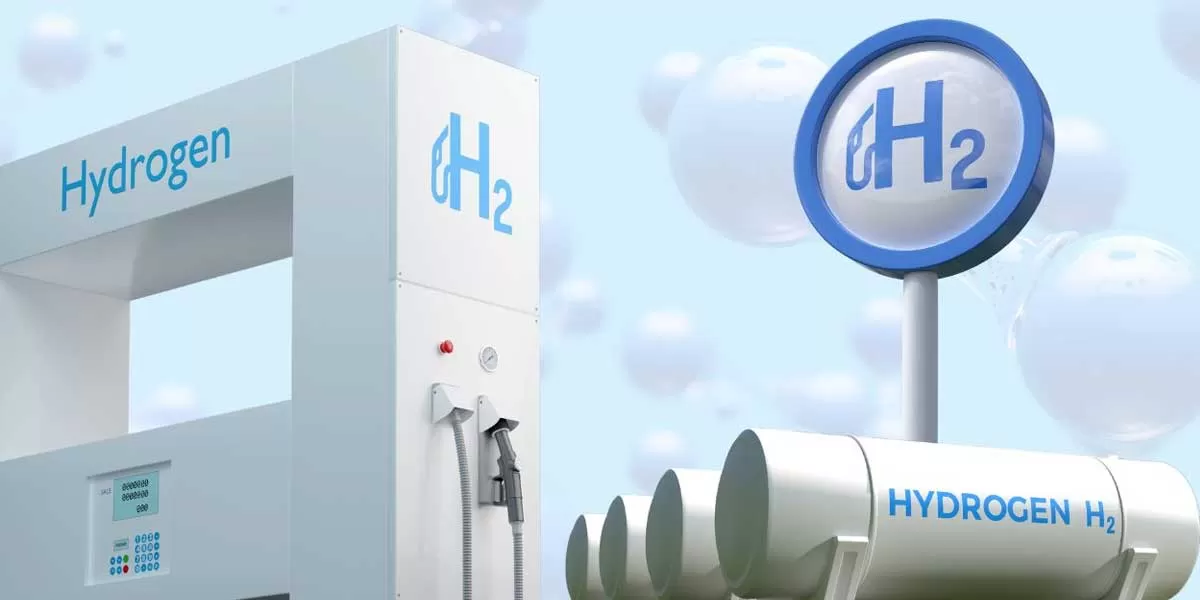
India's Green Hydrogen Plan: Biomass Conversion
India is embarking on a transformative journey from barren lands to abundant green hydrogen production through biomass conversion. This innovative approach underscores India's commitment to harnessing renewable resources for sustainable energy solutions and reducing carbon emissions.
The plan involves utilising biomass, including agricultural and forestry residues, to produce green hydrogen, a clean and versatile fuel with immense potential for decarbonizing various sectors. By tapping into biomass resources, India aims to unlock a new avenue for green hydrogen production while addressi..
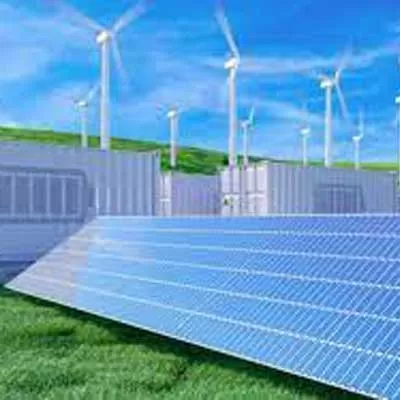
India's Q1 Energy Shift: Renewables Overtake Coal
In a significant milestone, renewables accounted for 71.5% of India's energy production in the first quarter, surpassing coal for the first time in decades. This shift reflects the growing prominence of renewable energy sources in India's energy mix and underscores the country's commitment to sustainable development.
During the first quarter, India generated 13,669 megawatts (MW) of energy, with renewables contributing the majority share. This surge in renewable energy production highlights the strides made by India in transitioning towards cleaner and greener sources of power generatio..
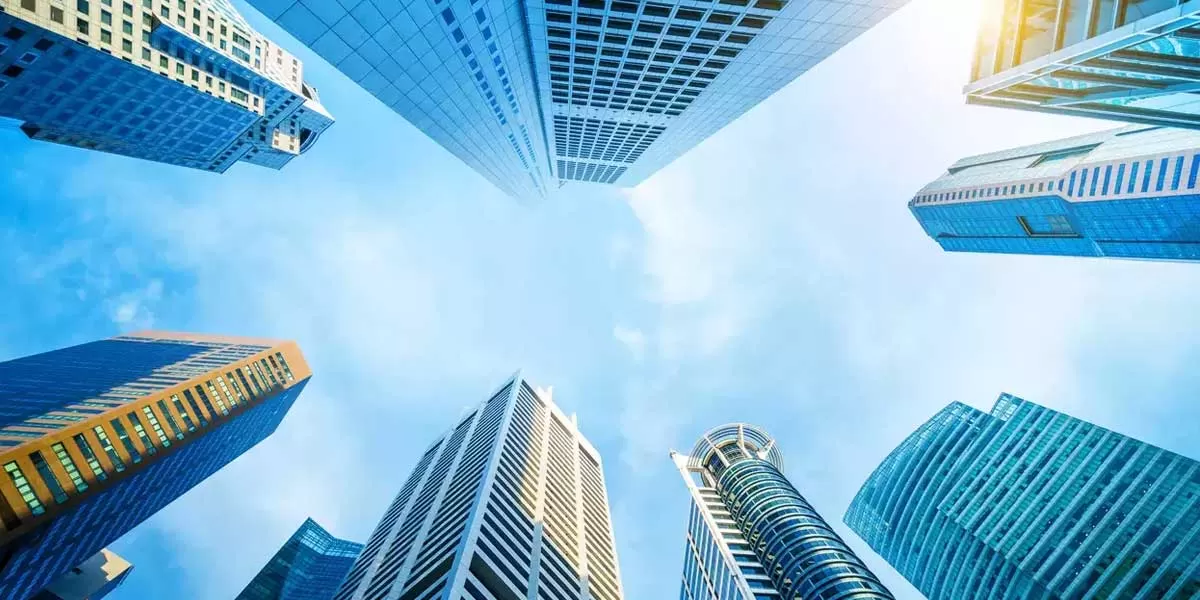
India's Office Leasing Demand Set to Exceed 70 Million Sq Ft in 2024
India's office leasing demand is projected to surpass 70 million square feet in 2024, reflecting a significant uptick in commercial real estate activity. The country's commercial office market continues to exhibit resilience and growth despite challenges posed by the global economic landscape.
Several factors are driving the surge in office leasing demand, including the expansion plans of multinational corporations, the emergence of startups, and the increasing adoption of flexible workspace solutions. As businesses strive to adapt to evolving work models and capitalise on emerging oppo..
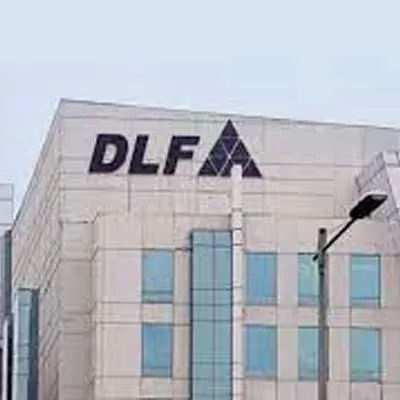
DLF Launches Luxury Project in Gurugram
DLF, India's leading real estate developer, has unveiled an ambitious luxury housing project in Gurugram, valued at ?2.5 billion. Located in Sectors 76 and 77, the DLF Privana project spans over 116 acres and includes high-rise apartments offering spectacular views of the Aravalli Range.
The latest phase, DLF Privana West, features 795 luxury apartments which sold out within three days of launch, generating around ?550 million. This follows the success of DLF Privana South, which sold 1,113 units for approximately ?720 million earlier in the year. These developments highlight the stron..
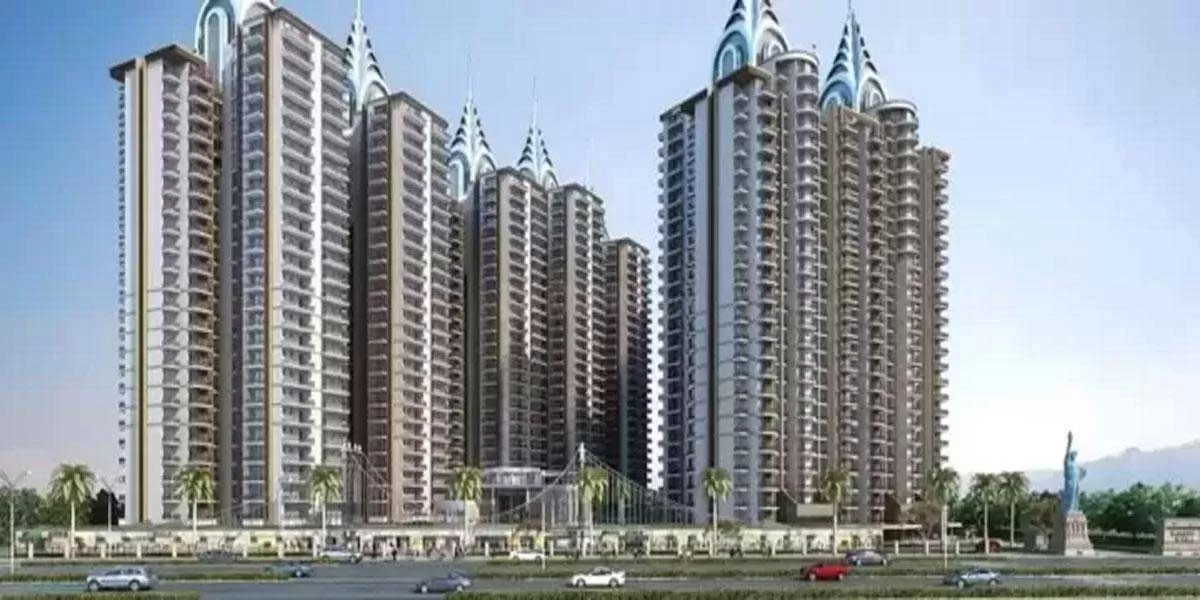
Migsun Group Plans Rs 5 Bn Investment in Greater Noida Projects
Migsun Group, a prominent real estate developer, has unveiled plans to invest Rs 500 crore in four new projects located in Greater Noida. This initiative is part of the company's strategic efforts to enhance its presence and contribute to the burgeoning real estate sector in the region.
The investment will be directed towards the development of residential and commercial properties, aimed at meeting the increasing demand for quality real estate in Greater Noida. These projects are expected to not only expand Migsun Group's portfolio but also generate employment opportunities and stimul..





